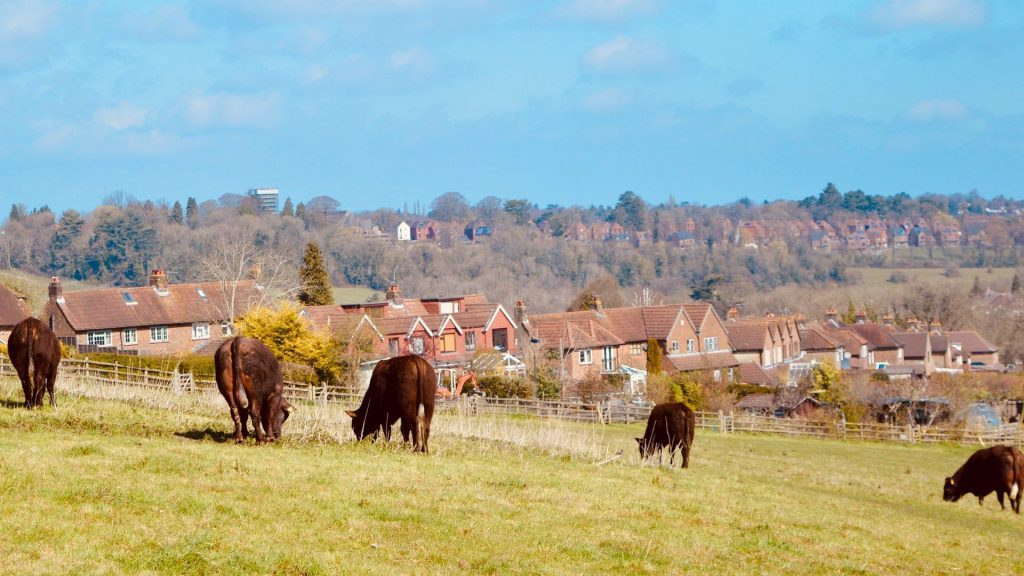OFA’s Home Grown campaign aims to educate citizens on declining farmland

The Ontario Federation of Agriculture (OFA) is sowing seeds of advocacy through their ‘Home Grown’ campaign, launched during #Plant21.
Home Grown aims to increase awareness of how farmland is a finite and depleting resource when agriculture is under increasing pressure to provide food for Canadians and the world.
Why it matters: Urban sprawl is threatening the viability and sustainability of Ontario farmland. Viable farmland, which accounts for approximately five per cent of the local landscape, is being lost to development at a rate of approximately 175 acres a day.
If you break down all the items on a breakfast plate, bread, eggs, bacon, butter, milk, strawberry jam, it all comes from a farmer, said Peggy Brekveld, OFA president. With every acre able to produce food for human consumption lost to development, it increases pressure on farmers, the Ontario Food Basket costs and impacts the provincial and national economy.
“We have a choice to make – we need to decide if farmers are going to continue to grow food right here at home, for all Ontarians to enjoy, making a difference in our economy, our environment and our rural communities,” said Brekveld. “Or if that farmer is going to be feeding us from somewhere else.”
While urban development is necessary, the OFA advocates for agricultural impact assessments (AIAs) to be considered during urban planning discussions to preserve land and minimize the impact of infrastructure development on a farmer’s ability to farm.
“We want to continue to be able to produce local food here in Ontario, and we want to see a long-term sustainable planning approach through the provincial policy,” said Drew Spoelstra, OFA vice president. “This is the first step in trying to advance these issues to the province and trying to get more folks involved.”
The campaign has already received endorsements from several agriculture organizations, including Beef Farmers of Ontario (BFO).
“BFO has long advocated for the protection of farmland, but more specifically marginal land that isn’t suitable to grow crops, but where beef cattle can thrive on healthy pasturelands,” said Rob Lipsett, BFO President. “Every acre of pastureland that is protected contributes to soil health and provides a home for earthworms, wildlife and birds, not to mention the carbon storage ability of our tame grasslands.”
Lipsett said research directly links the decline in cattle numbers in Canada to the decrease in grasslands, contributing to a loss of habitat for grassland birds such as the Bobolink and Eastern Meadowlark. Pasturelands play a critical role in oxygen production, carbon sequestration, improving and maintaining soil health, biodiversity and water cycling, he said.
“The symbiotic relationship between grasslands and beef cattle has a measurable impact on the environment and the well-being of people,” said Lipsett. “Ontario’s beef farmers continue to protect this important natural ecosystem, but we need the government to work with us to manage urban development responsibly.”
Spoelstra said citizens are more and more engaged when it comes to growth plans and expanding urban boundaries. He hopes Home Grown provides them with another layer of education around preserving agricultural land while increasing an area’s infrastructure and residential or industrial growth capacity.
“Maybe we need to look at things differently, maybe we need to build up, not out, let’s save what we have for now in terms of prime agricultural land,” he said. “And continue to grow food on that land and continue to contribute to the environmental benefits that agriculture land does so well.”
For more information on the campaign, go to homegrown.ofa.on.ca.
Source: Farmtario.com

